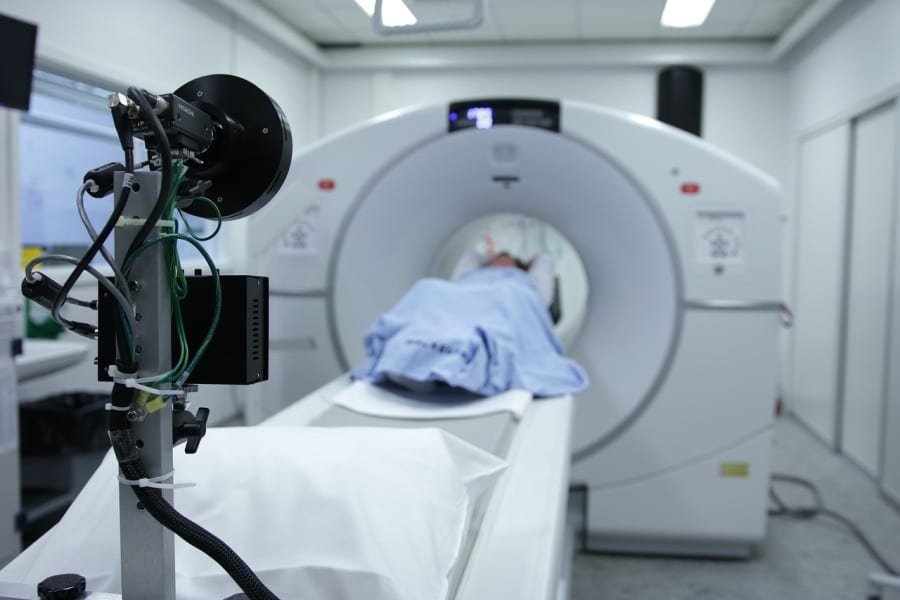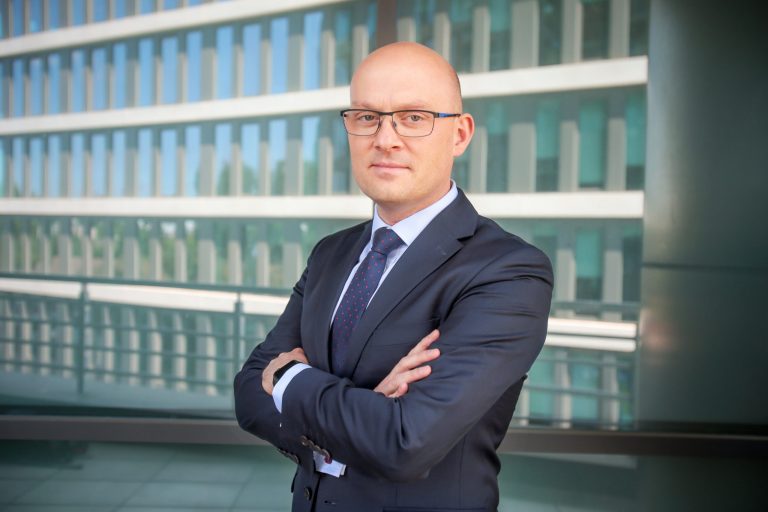CT and MRI: No queues cause queues

Ten post jest także dostępny w języku:
![]() polski
polski
The removal of the CT and MRI test limits (from April 2019) was intended to reduce waiting times for these tests. In fact, this was the case. The problem is that now you have to wait for the test description. Sometimes even twice as long as before April, according to information from TOK FM radio.
Computed tomography and magnetic resonance imaging without limit
As we have already informed you (more details here), since April there are no limits for CT and MRI examinations. The National Health Fund (NFZ) guarantees a quarterly increase in the number of branch contracts, in line with the value of services provided.
The number of people waiting for CT and MRI tests has actually decreased. However, according to TOK FM information, the number of people waiting for the results of such a survey is systematically growing. All because of lack of human resources. Although the diagnostic process ends only after the description is received, the National Health Fund does not lead to the description of queuing statistics any more.
Paradoxically, the fact that a tomography or resonance examination is performed faster than six months ago does not mean that the waiting time for a diagnosis has shortened. In extreme cases, even two months are needed for the description. Dr Malgorzata Galazka-Sobotka from Lazarski University, quoted by the radio station, emphasises that her experience shows that on average, the description of the study is received after 4-5 weeks, compared to 2 weeks which was case earlier. It is worth noting, however, that this applies to regular tests. Those performed on “cito” are described quite efficiently and here you can actually see a shortening of the time of the diagnostic process.
Radiologist urgently needed
The demand for radiologists is growing, and hospitals have a huge problem with obtaining them. On the one hand, this is due to the fact that for many years this profession has been underestimated, and this specialisation has not been willingly chosen. On the other hand, there is a struggle for doctors between institutions, which is very much increasing their salaries. In a conversation with TOK FM, the director of one of the private clinics admits that the radiologist at the entrance wants 50% more than a few months ago.
In addition, a significant proportion of radiologists work despite reaching retirement age, or will soon reach retirement age. Therefore, staffing problems may become even more acute. The solution may be telemedicine and remote description of tests. Here, however, the changes take place gradually (despite the existence of appropriate regulations enabling remote description of tests) and do not improve the situation with the availability of radiologists immediately.






